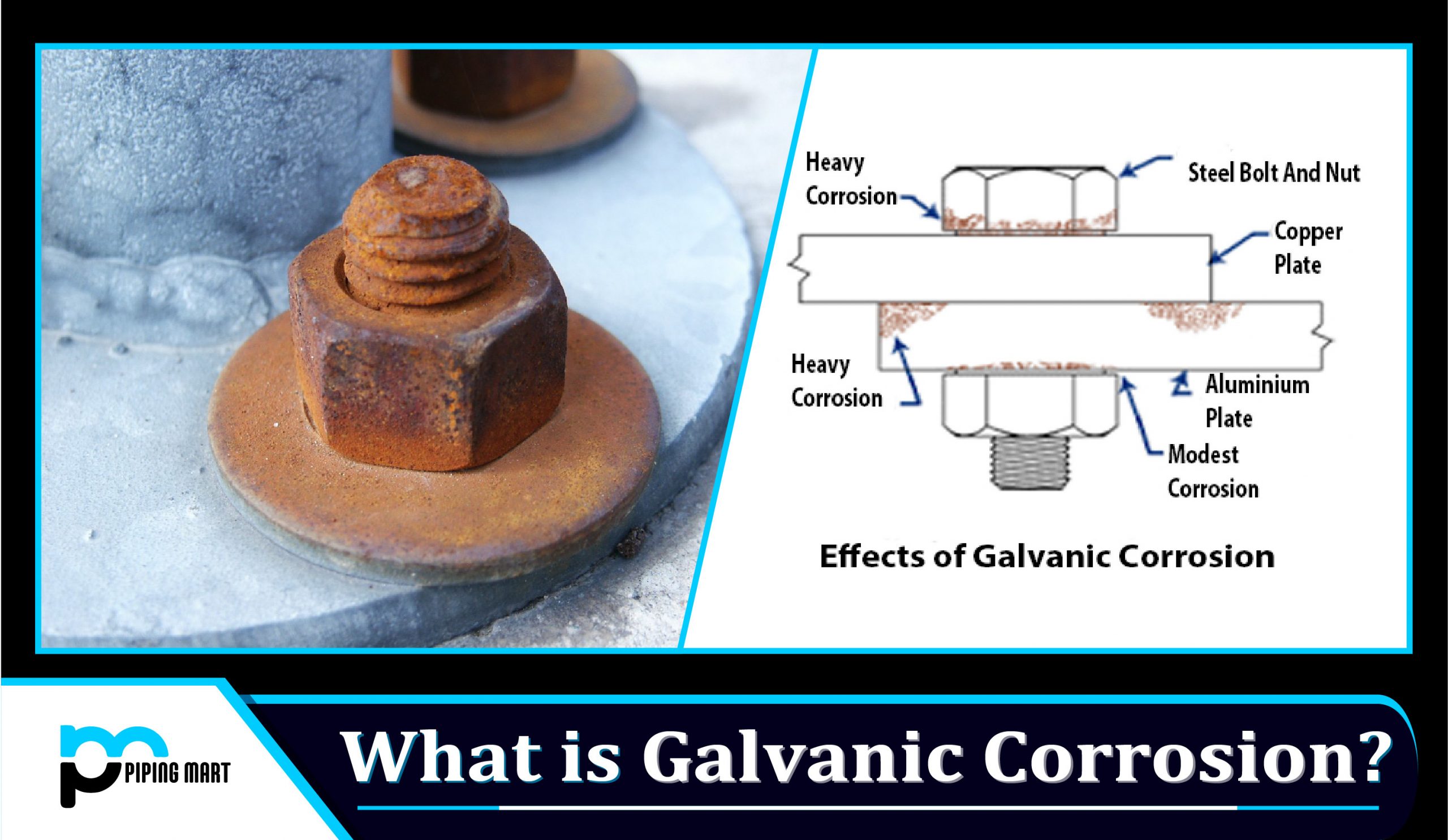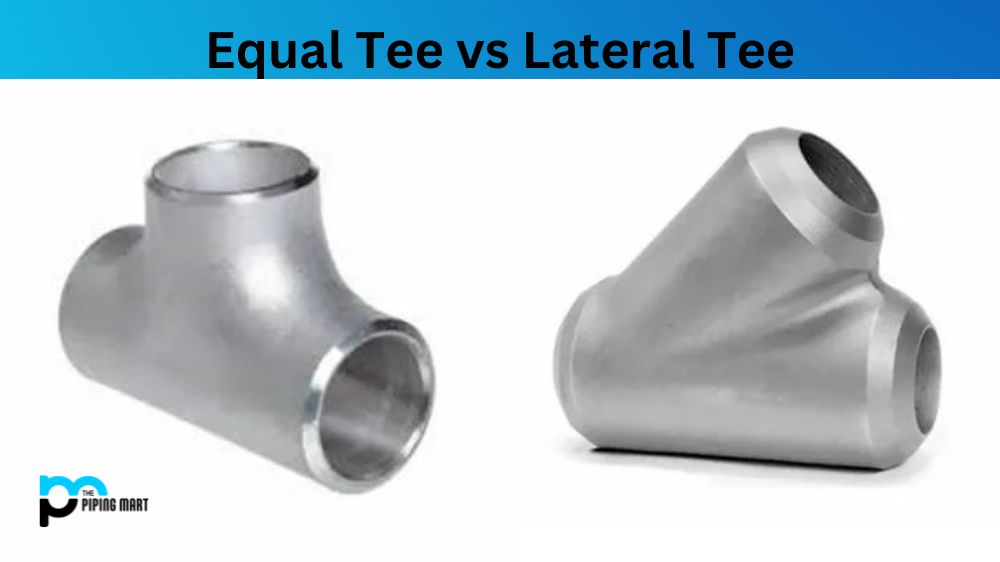Most people are unaware of how unremarkable and necessary aluminum has become in their daily lives. Although many people associate aluminum with soda cans or foil, the enormous variety and numerous advantages of aluminum alloys have profoundly impacted practically every industry. This also refers to the widespread use of high-pressure gas cylinders.
Gas storage is a crucial part of numerous industries. It used to be incredibly difficult and expensive to store and access all kinds of various gases, from the most dangerous to oxygen (even common air). Several quick and affordable solutions are available now because of the advancement of aluminum alloys.
Why is a cylinder the best storage vessel for gases at high pressure?
A gas storage cylinder is probably something you’ve seen before. These pressure vessels can store gases at pressures that are far greater than typical atmospheric norms. The cylinders, also called tanks or bottles, are the perfect shape to house high-pressure gases, which can be harmful if not handled properly.
Anybody who comes in the way could be hurt or even killed if a cylinder suddenly transforms into an uncontrollable rocket or pinwheel due to damage. A valve or seal breaking unexpectedly can cause the gas to be discharged at a very rapid velocity because the gas is trapped inside at such high pressure.
The cylinder’s rounded edges are better suited to withstand the pressure from the gases inside. While non-rounded edges wouldn’t sustain as much pressure without bursting, round materials can withstand more force in tension. The optimal container for storing gases would be a perfect sphere. However, cylinders are considerably simpler to move around and stack.
The valves on the cylinders are another safety element. They are made to break with an opening of roughly 0.75 cm, reducing the gas discharge rate. This can lessen the likelihood of large cylinders taking flight. However, smaller, lighter cylinders are still at risk in this regard.
What kinds of substances are stored in high-pressure gas cylinders?
Another element of safety is the valves on the cylinders. With an aperture of around 0.75 cm when they shatter, they have a lower gas discharge rate. Large cylinders may be less likely to take flight, but smaller, lighter cylinders may still be at risk.
Liquefied, non-liquefied, and dissolved gases are the three main categories of compressed gases frequently held in cylinders. We typically use psi, or pounds per square inch, to calculate the pressure inside the cylinders. A standard oxygen tank may have up to 1900 psi.
Non-liquefied gases like oxygen, helium, silicon hydrides, hydrogen, krypton, nitrogen, argon, and fluorine are commonly called compressed gases. Carbon dioxide, propane, sulfur dioxide, nitrous oxide, butane, and ammonia are examples of liquefied gases.
Acetylene is the most prominent example of a dissolved gas. If handled improperly, it can be unstable and explode at atmospheric pressure. The cylinders are filled with a porous, inert substance to allow the gas to dissolve and produce a stable solution.
Other, less frequent instances involve gases like liquid oxygen, hydrogen, and nitrogen that liquefy at high pressures and low temperatures. They are known as cryogenic gases, and to prevent rupture due to overpressure, they must be kept in cylinders with bleed devices.
What aluminum alloy is most commonly found in gas cylinders?
High-pressure materials, including high-performance metals and composites, can create cylinders. Aluminum is one of those materials used most frequently due to its excellent efficacy at a reasonable price.
The three most significant advantages of aluminum’s numerous attractive qualities are its lightweight, toughness, and corrosion resistance. Any operation that handles gas cylinders may have to lift dozens or even hundreds of canisters simultaneously. One of the most important factors is how easily the tanks can be transported and stored.
The cylinders are also under tremendous pressure; any break or puncture could result in a hazardous situation. Aluminum is sturdy and long-lasting enough to endure accidental knocks and hits without significant harm.
Last but not least, the materials included in gas cylinders can be very toxic and harm the metal, especially over time. Aluminum alloys provide exceptional corrosion resistance for the metal canisters, the metal valves, and other parts utilized with the cylinders.
Gas cylinders frequently include 6061 aluminum alloy, one of the most popular types of aluminum alloy. It can be found in many tanks and bottles and is the most popular alloy for high-pressure cylinders. For instance, this alloy is frequently used to make the oxygen tanks scuba divers utilize. 6061 is highly regarded for its capacity to withstand seawater-induced corrosion, a significant problem for dive tanks. The 6061 aluminum is also used in nitrous oxide tanks.

Pipingmart is B2B portal specializes in industrial, metal and piping products. Also, share latest information and news related to products, materials and different types grades to help business dealing in this industry.




